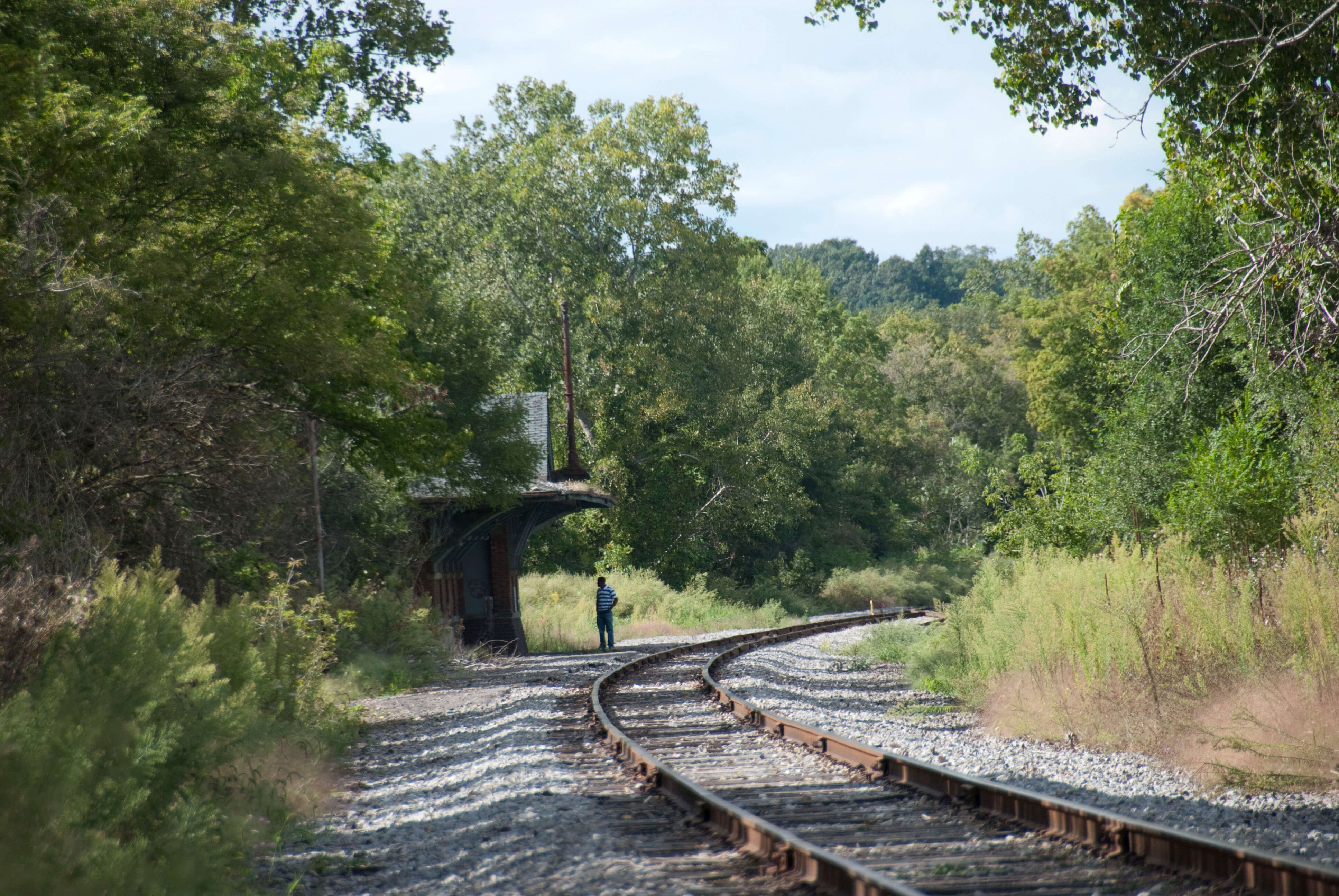Excerpt from original article by Charlie Monte Verde in the ‘Perspectives’ section of the July-October 2014 edition of Railroad Model Craftsman magazine.
The most newsworthy thing to happen in Mount Morris, New York, since local boy Francis Bellamy penned the Pledge of Allegiance was the building of a new passenger station on the Buffalo Division of the Delaware, Lackawanna & Western (DL&W) Railroad in 1905.
The new station replaced a classic and uniquely-Lackawanna Victorian station (1880s) which then became the freight station after only twenty years in passenger service. The new facility was brick and mortar and very solid throughout, and thus it still stands today. Ever since the new facility opened over a century ago travelers, employees, and locals alike have been carving their names (or just their initials) in the exterior bricks on their way through. And much like the building itself, these ancient cave-markings of America gone by have weathered the passing of time stoically.
H. Bauman hired out on the Lackawanna in 1954 out of their headquarters town of Scranton, PA (anthracite, anthracite, anthracite). And by the last time he carved his name in the bricks (‘passed by on the rails 1977’), his beloved Lackawanna was no longer a through route mainline, the junior partner in a merger with the rival Erie Railroad in 1960. And by ’77 even the Erie-Lackawanna was a year into being the despised step-brother to the Penn Central Railroad as part of the formation of Conrail. Like many of our favorites the DL&W was a great railroad that just didn’t make it and Mr. Bauman’s best days were probably behind him by ’77 as well. But the story of his career would be told for all of time in the bricks.



